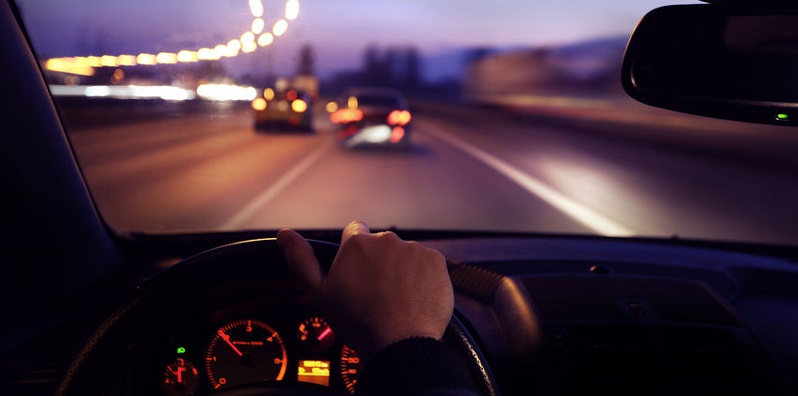CityLab reports that nighttime deaths of pedestrians nationwide increased 4.6 percent in 2017 and 2018; nighttime deaths of cyclists nationwide increased 9.2 percent during that period. The numbers are even worse here in Colorado.
Car, Pedestrian, and Bicycle Accidents Tend to Rise in the Dark
It can get scary after dark.
According to the National Highway Traffic Safety Administration (NHTSA), vehicle occupants are three times more likely to be involved in a fatal car accident at night than when it’s light out. Pedestrians and bicyclists are also at greater risk.
Why Nighttime Driving Is More Dangerous
One of the most glaring problems for nighttime drivers is the glare of oncoming traffic. According to the American Optometric Association, some newer cars have brighter headlights that make the road clearer for the driver of the car at the cost of more easily distracting or blinding other drivers. Cars used to be equipped with basic halogen lights. Now, though, some vehicles sport high-intensity discharge and light-emitting diode lamps, which emit a brighter blue light. If you are caught in the glare of another vehicle, the best thing to do is slow down and briefly glance away from the headlights.
You can improve your night vision by installing smart headlights, which adapt or automatically adjust to real-time situations. You can also improve your night vision by frequently cleaning your own headlights. This is especially important if you live in a region beset by lots of snow and ice; the effects of cold weather can reduce the brightness of headlights. And keep your windshield clean. Streaks and dirt can reduce visibility and exacerbate the glare of those looming headlights and put you at greater risk of an auto accident.
Another problem is that drunk driving and crashes involving drunk drivers increase at night. In Colorado, nearly 60 motorists are arrested each day for drunk driving. The NHTSA also reports that the “rate of alcohol impairment among drivers involved in fatal crashes in 2018 was 3.4 times higher at night than during the day.” Colorado has been coping with the problem for a while. In 2016, 26 percent of all fatalities in the state involved an alcohol-impaired driver. In 2018, with 188 fatalities in drunk-driving accidents, Colorado was ranked as the 13th-worst state for incidents of drunk driving.
At any time of day, you should be alert and ready to react if you sense that a nearby driver is under the influence. The signs include unusually slow driving, sudden braking, making unusually wide turns, driving on the wrong side of the road, and driving at night without using headlights. If you come upon a driver who is clearly impaired, call 911.
Pedestrians and Bikers Also at Risk at Night
CityLab reports that nighttime deaths of pedestrians increased 4.6 percent in 2017 and 2018; nighttime deaths of cyclists increased 9.2 percent during that period. The numbers are even worse here in Colorado. According to the Colorado Department of Transportation, 90 pedestrians were killed in the state in 2018, a 40 percent increase since 2015.
Of course, it’s harder to see a biker at night, especially a biker who does not wear reflective gear. So if you must ride a bike at night, wear reflective gear and use lights — not only lights on the front of your bike so that you can see better yourself, but also lights that make it easier for drivers to see you. Flashing lights are best, especially ankle lights to catch the attention of drivers by illuminating the movement of your legs and feet.
Whether you are walking or biking, obey all traffic laws, especially at crosswalks. If possible, avoid dimly lit areas where it is harder for a motorist to see you.
If you or a loved one has been injured in an auto accident in Colorado, contact personal injury attorney Dan Rosen at (303) 454-8000 or (800) ROSEN-911 for a free consultation.

